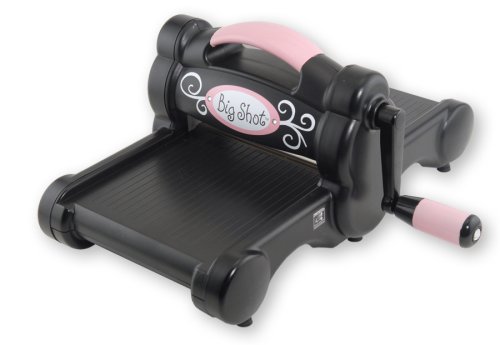If you have decided on checking out heat pumps and purchasing one for your home, then you might initially be confused with the choices. The fact is that there is a wide range of types of heat pump available nowadays, making it necessary to study the whole situation before actually spending money on the product.
The good news is that it isn't really hard to choose a device for one's home. All it takes it proper attention to detail as well as the patience to browse around stores to find the perfect unit. That being said, following are the tips on how to choose a product that would suit one's home best.
Size
The most important thing to consider is always the size, mainly because this would determine the capacity of the unit to distribute warm air throughout the house. An inadequately sized model could produce too little heat, making it virtually useless within a house. The normal rule of thumb here is one ton should be enough for every 400 square meter of home area. Hence, the bigger the house, the larger would the unit requirement be.
Types of Heat pumps
There are several methods in which heat pumps distribute air throughout the house. There's the geothermal unit and air-source units which are both effective. However, geothermal is more expensive but that's because they last longer and save more energy in heating. Of course, installation of this particular pump is basically harder and is not suited for all homes. It might be best to ask a professional regarding the possibility of installing a geothermal pump and only opt for the air-source if the former is not possible.
Heating and Cooling Efficiency
This is basically the amount of warmth or cold that is produced by the unit for every watt of energy consumed. For heat pumps to be considered efficient, it has to fall within a stated amount of efficiency provided by the National Renewable Energy Laboratory. For the Heat Seasonal Performance Factor (HSPF) it should be around 8 to 10 for the unit to be considered efficient in warming.
As for the cooling efficiency, the Seasonal Energy Efficient Ratio (SEER) of the unit should be around 14 to 18.
Duct Work
Check out how the distribution would work. Usually, homeowners opt for various ducts situated in various rooms in order to distribute the air. This should be done prior to installation as an inefficient layout of the duct can produce energy inefficiency. Ideally, a professional should look over the layout of the system and if necessary, have it changed.
Of course, these aren't the only considerations when choosing such a device for a home. There are several features that are usually included in heat pump models that a buyer can consider prior to actual purchase. This would ensure that they would not only get a top quality unit but would also be able to use it for a long time. Make sure to browse through several stores prior to making a commitment.














